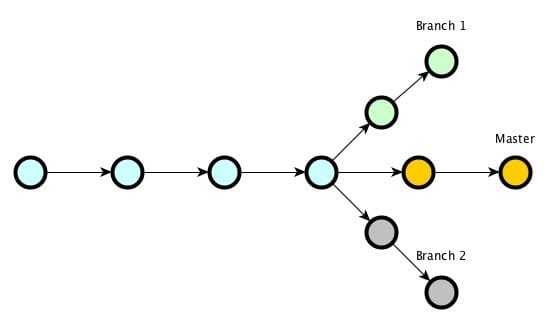Have you ever wanted to share your code without "command + c and command + v"? Or started a project on one computer but wanted to continue on another? Well let me introduce you to "Git".
Git? Git What?
To know Github, is to know Git. Git is a "version control system", that is used among newly and tenured software developers, and powered through repositories. It is highly recognized because of the simplicity it allows. Git gives people the ability to take their code on the go, by being remote friendly, or offline completely.
Within Git, there are 'commits'. Commits are what happens when you save the work and progress you have created. Every 'commit' is on what is known as the branch. The main link that all the commits are on, are known as the master branch, but there are other branches that are able to be created within the master branch, for people who want to try different styles of the same project, without making that the final version.
Since this is an introductory to "Git", I do not want to overwhelm you with all that is great about "Git". But I do want to start the layering, and understanding of the different commands and terminology.
Git Commands
create a local repository ------> git init [name of project]
add a specific file ------------> git add [file name]
add all files in folder ---------> git add .
commit the files ---------------> git commit -m "comments"
submit changes to the origin ---> git push
set up w/ a partner ------------> git remote add [name] [link]
pull from partner --------------> git pull [name]
Git has a lot of commands, that make it easier to do just about everything. And since it is so popular, what you don't know, Google will. So the best way to "Git Comfortable" is to "Git Practicing".
Sources
Class Slides - Git Illustration
https://i.redd.it/8341g68g1v7y.png







Top comments (1)
Version control and I just don't git along. And I come from an engineering background, you'd think I would understand it. I do like the mobility part though. Thanks for the post, and the links are helpful.